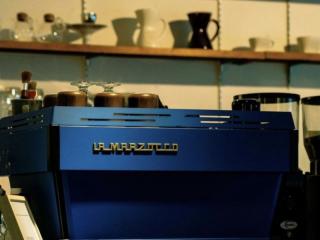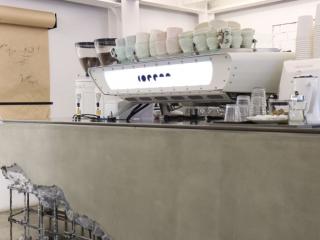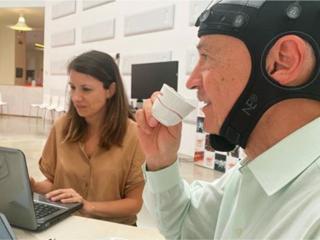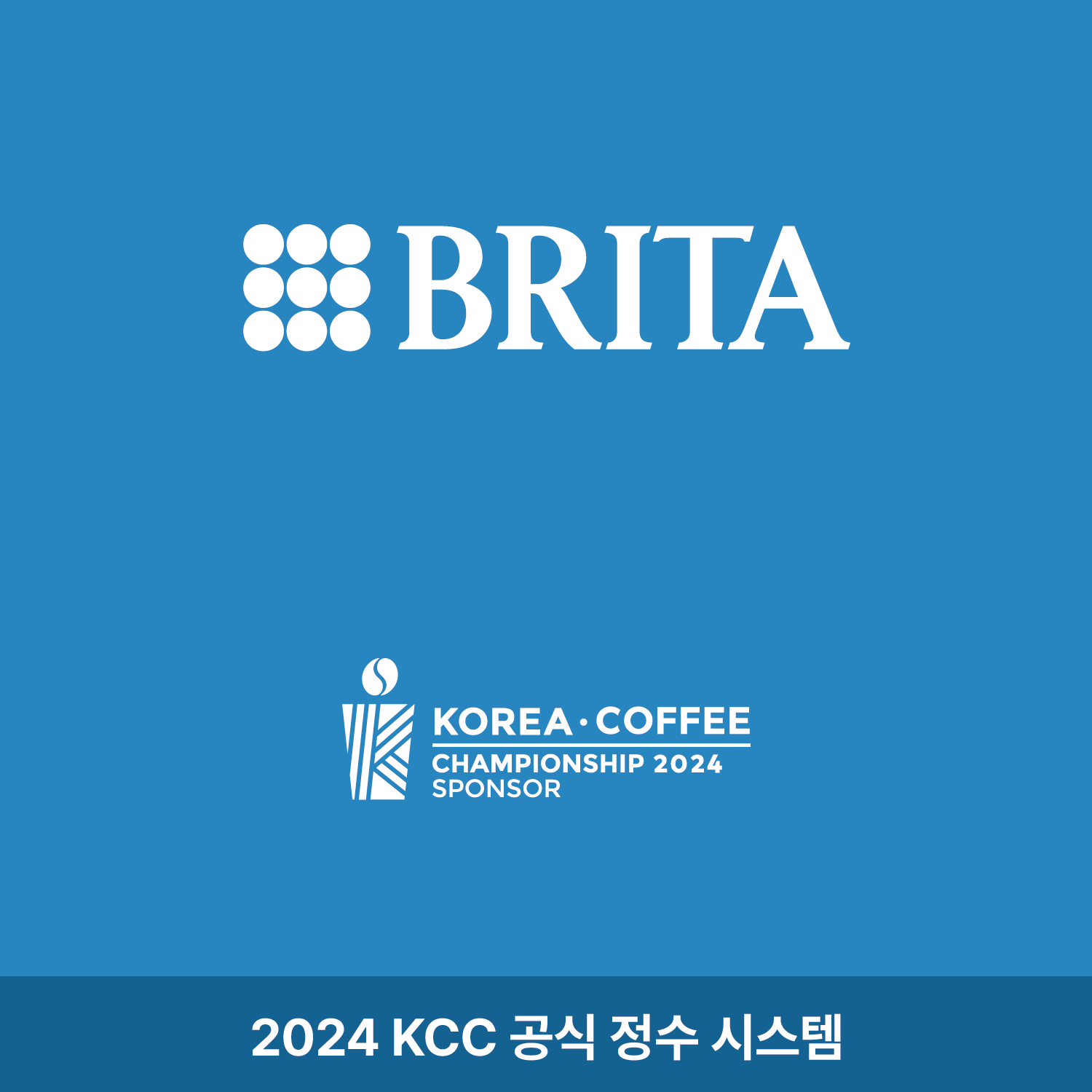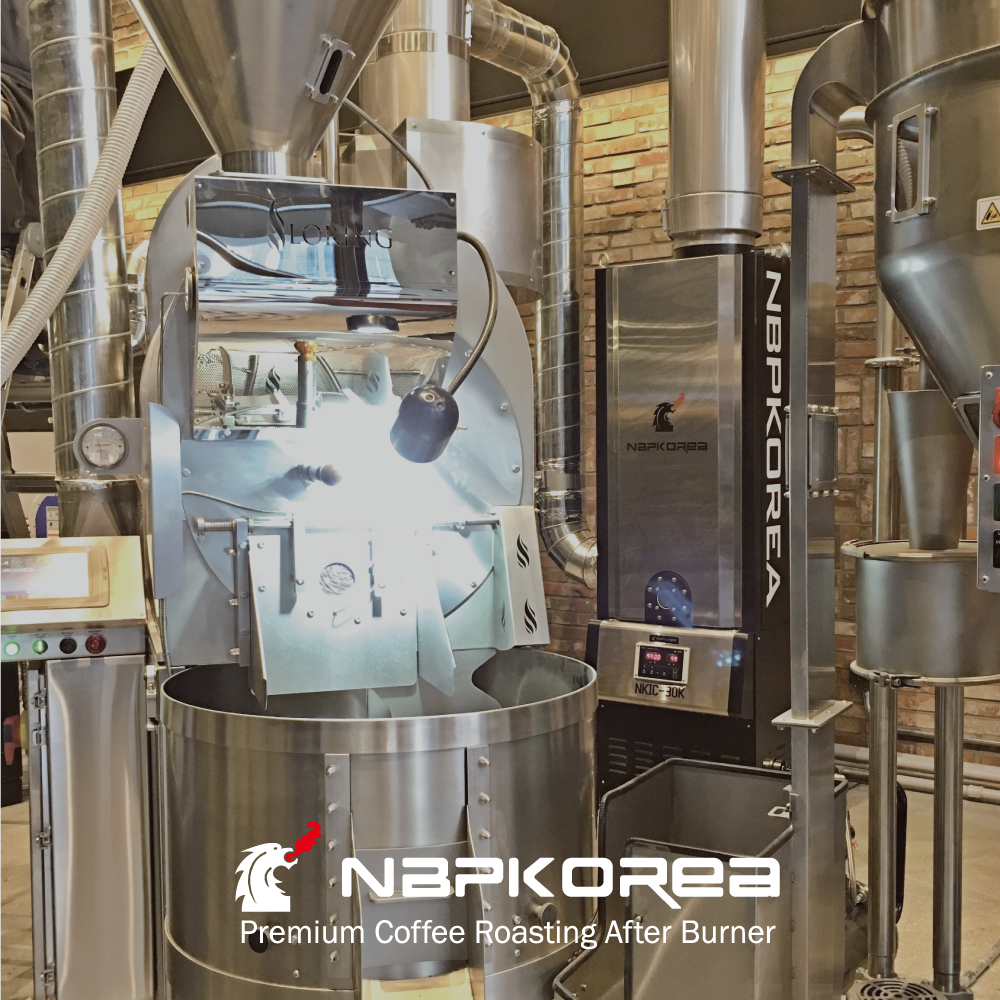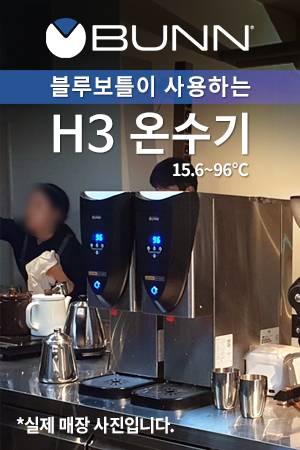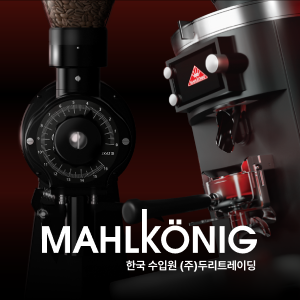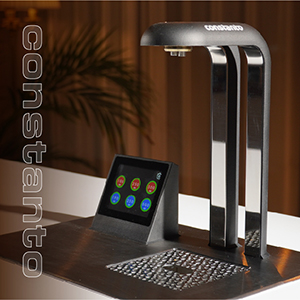커피 장비
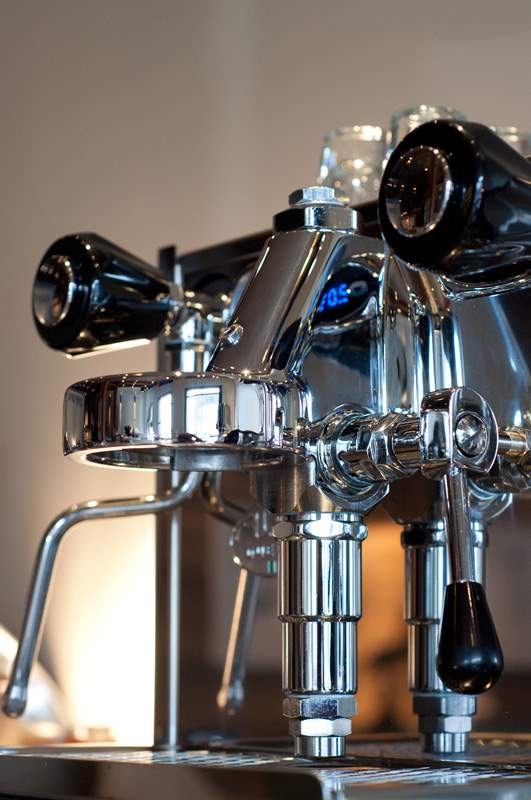
E61 Brew Group on the Izzo Duetto II
As we wait for the Rocket R58 to join the Izzo Duetto II in our office later this month, I thought perhaps now would be an opportune time to examine just what these double boiler E61 machines are bringing to the market.
The E61 Brew Group has been hailed as the industry standard since its inception by La Faema in 1961, but it has steadily been overtaken in recent years by the newer Saturated Brew Group design. The brewing group is open to the brew boiler itself in saturated groups, which results in improved temperature stability due to the group being saturated with the same body of water whose temperature is being controlled in the boiler. This design is only possible, however, with machines that have separate steam and brew boilers such as the La Marzocco GS/3 and La Spaziale Vivaldi II series.
Before saturated groups were invented, almost all espresso machines could be found utilizing some variation of the original E61 group head, despite it being a 50 year old technology. Interestingly enough, dual boiler systems are now coming out that utilize the older E61 design, the Izzo Alex Duetto II and Rocket R58 being perfect examples. Both machines, in fact, are completely PID controlled, a modification that is not possible with traditional E61 heat exchangers.
Although the E61 has been superseded by saturated groups in high-end commercial use, their temperature stability and tried and true design, especially when combined with double boilers, make them an excellent choice for use in a low volume, home environment. With this being the case, what choice are you actually making when choosing between the two brew group designs?
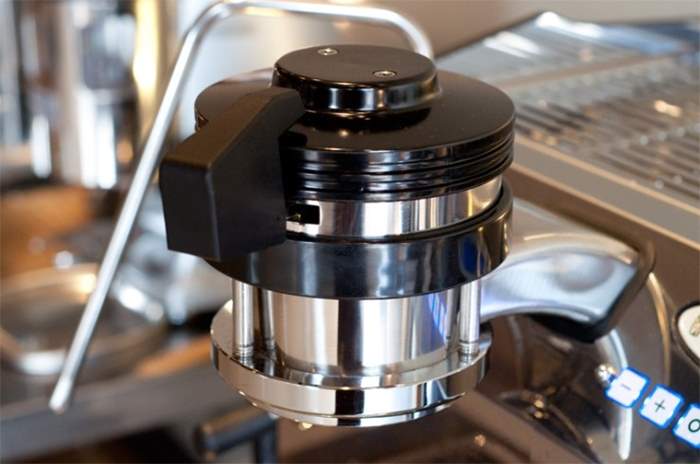
Saturated Brew Group on the La Marzocco GS/3
Before independent brew boilers were available, the E61 group achieved thermal stability through the eight and a half pounds of chrome-plated brass that it was physically molded from. This is the reason why the brew group takes around 30 minutes to both heat up and cool down. Even though the group provides a thermally stable environment at the head, the user still has to compensate for the relative unpredictability of the actual heating element within the machine. Users of a heat exchanger are well aware of the necessity to bleed the group prior to pulling a shot in order to reduce the temperature of the water within the system. As you continue to pull shots, the water will steadily deviate from the optimal temperature range and eventually exhaust itself. A saturated group, on the other hand, pulls water from a dedicated and thermally controlled water source. Depending on the size of the boiler, the water should remain at a consistent temperature over the course of multiple shots. Double boiler machines have quickly become the industry standard for this very reason.
We will soon be conducting thermal stability tests between the two boiler types. Due to its design, the E61 may still require a purging/warming flush even when paired with a dedicated brew boiler. If this happens to be the case, I would still expect to see a general increase in shot workflow and stability. We’ll post results when we have them.
While specific engineering aspects of these two systems is beyond the scope of this article, there are several excellent threads on Home-Barista that explore both the E61 and Saturated group systems.

ABOUT ME
| 번호 | 분류 | 제목 | 작성자 | 날짜 |
|---|---|---|---|---|


